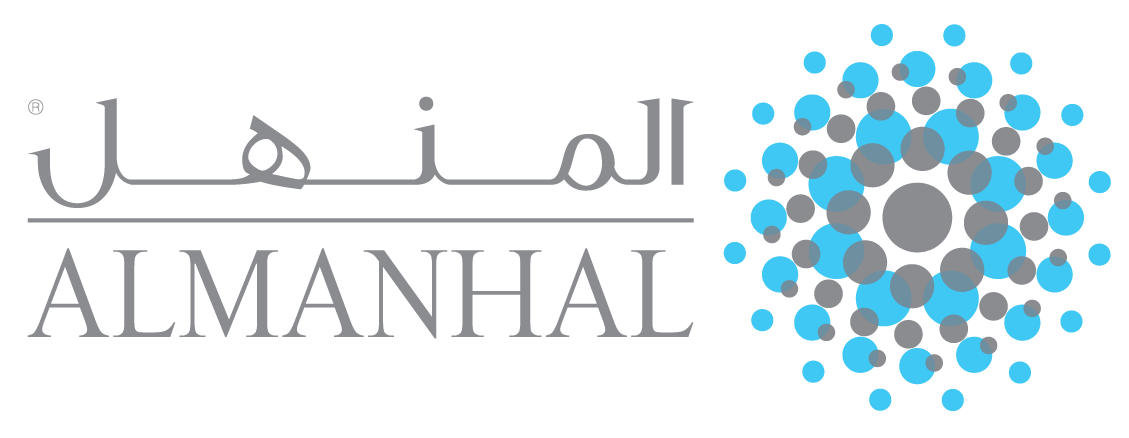Impactful and Collective Microtakaful in Addressing the Impact of COVID-19 Pandemic
DOI:
https://doi.org/10.31436/jif.v10i.534Keywords:
micro-takaful, BR1M, Takaful, microfinance, B40, Islamic insuranceAbstract
Present economic condition during the COVID-19 pandemic affects an uncertain environment to every level of community which leads to a nerve-wracking financial concern. The low-income group or popular known as ‘B40’ group seems to be unswervingly affected by recent instability in the nation’s economy that results to situations having multiple uncertain outcomes requiring them to manage their unique risks and seek protection thereof. Vulnerable in their financial position, COVID-19 poses more threat to the health of the low income-earners group more than others especially when the environment they mostly live in is not adequate for hygiene standard level. Previously, there was a concerted effort taken up by a group of Takaful Operators to provide a micro-Takaful protection to the ‘BR1M’ (‘Bantuan Rakyat 1-Malaysia’/1-Malaysia People's Aid) recipients. It was intended to provide Takaful coverage to the breadwinner of a B40 family with an aim to minimize the adverse effect of a possible financial catastrophic if the sole breadwinner of the family died. Micro-Takaful is a way to jointly attend, cater and mitigate the financial risks, which is in line with the Islamic principle of Harm Prevention. The concept of helping and assisting particularly the unfortunate ones to mitigate risk and reduce losses and sufferings due to misfortune constitute the very aspiration of the micro-takaful principles. This study aspires to examine the extent of effectiveness of the previous collective Micro-Takaful projects on BR1M recipients that were proven to benefit 7.2 million recipients as of in 2018 nationwide. Takaful operators who persistently aiming to become the value-based intermediary (VBI) inspired by the Regulator in order to achieve the Sustainable Development Goals by providing Micro-Takaful to the needy people. The data is mainly from the participating Takaful operators in the previous Micro-Takaful and BR1M project in order to evaluate the present and future direction of micro-Takaful initiative in the present ‘BSH’ (‘Bantuan Sara Hidup’/Living Aid).
Downloads
References
Mohamad, A. I., Abidin, N. Z., & Zulkepli, J. (2019). Causal Loop Diagram of Microtakaful Framework Model with. International Journal of Engineering & Technology, 8(1.7), 297-302.
Ahmed, M. (2016). Micro Takaful Insurance as a Tool to Guaranteeing Financing and Protecting Micro Enterprises. Journal of Business & Financial Affairs, 5(4).
AMT, A. M. (2018). Perlindungan Tenang. Retrieved October 11, 2019, from http://www.malaysiantakaful.com.my/Consumer-Zone/Perlindungan-Tenang.aspx
Bernama. (2020). 3.8m BSH recipients protected under MySalam Scheme. Kuala Lumpur: Malaysiakini. Retrieved from https://www.malaysiakini.com/news/522658
BNM. (2010). Co-Takaful Agreement . In Shariah Resolutions in Islamic Finance (2 ed., p. 75). Kuala Lumpur: Bank Negara Malaysia.
BNM. (2016). Microinsurance and Microtakaful Discussion Paper. Kuala Lumpur: Bank Negara Malaysia.
BNM. (2018). Governor's Remarks at the Takaful Annual Dinner and Awards 2018: “Takaful industry at crossroads: A critical examination”. Kuala Lumpur: BNM.
BR1M. (2019). BR1M / BSH 2019. Retrieved October 13, 2019, from https://www.br1m.info
Brugnoni, A. (2013). Microtakaful. In W. Bank, & S. O. Gönüla (Ed.), Takaful and Mutual Insurance (pp. 153-173). Washingto D.C: World Bank.
Chia, S. (2010). Transforming Malaysian healthcare. Kuala Lumpur: The Star Online. Retrieved October 11, 2019, from https://www.thestar.com.my/business/business-news/2010/10/07/transformingmalaysian-healthcare
Fauzilah, S., Puspa i, G. L., Ahmad , Y. S., Wan Norhayate , W., & Roslida , A. (2018, November 27). Developing Of Micro Health Takaful Of Affordable Monthly Payment For Poor Community In Malaysia. International Journal of Asian Social Science, 8(12), 1219-1227.
Glover, L. (2019). Out-of-Pocket Health Costs: Copays, Coinsurance & Deductibles. Retrieved October 23, 2019, from https://www.nerdwallet.com/blog/health/copay-vscoinsurance/trk_location=ssrp&trk_query=copay%20vs%20coinsurance&trk_page=1&trk_position=1
Haslifah , H. M. (2014). Microtakaful as an Islamic Financial Instrument, for Poverty Alleviation in Iraq. Middle-East Journal of Scientific Research, 21(12), 2315-2325.
Haslifah, M. H. (2014). Developing a Conceptual Framework of Microtakaful as a. Journal of Economics and Sustainable Development, 5(28).
Helhoski, A. (2015). Copay vs. Coinsurance: The Differences and Why They Matter. Retrieved October 13, 2019, from https://www.nerdwallet.com/blog/health/copay-vs-coinsurance/
Htay, S. N., Sadzali, N. S., & Amin, H. (2015, February 2). An analysis of the viability of micro health takaful in Malaysia. Qualitative Research in Financial Markets, 7(1), 37-71.
Ibrahim, M. I., Parzi, M. N., & Rosli, F. A. (2020). 2,124 tuntutan mySalam berkaitan COVID-19 diluluskan. Kuala Lumpur: Berita Harian.com. Retrieved from https://www.bharian.com.my/berita/nasional/2020/07/711361/2124-tuntutan-mysalam-berkaitancovid-19-diluluskan
IFSB,IAIS. (2015, November). Issues in Regulation and Supervision of Microtakāful (IslamicMicroinsurance).
LIAM, L. i. (2017). Insurance Hayat Care. Retrieved October 11, 2019, from https://www.liam.org.my/index.php/newsmedia-room/karnival
Lin, C. H. (2018). Expanding Insurance and Takaful Solutions for the Underserved Segment. Bank Negara Malaysia, Insurance Development Department. Kuala Lumpur: BNM.
Lin, C. H. (2018). Expanding Insurance and Takaful Solutions for the Underserved Segment. Kuala Lumpur: Bank Negara Malaysia.
MTA. (2014). Maklumat Asas i-BR1M. Kuala Lumpur: Malaysian Takaful Association.
MYsumber. (2019). Retrieved October 12, 2019, from https://www.mysumber.com/bajet-2020.html
Noor, M. A., & Zauriah, A. (2014). Financial Protection for the Poor in Malaysia:Role of Zakah and Microtakaful. JKAU: Islamic Economics, 25(1), 119-140.
PMO. (2019). Pejabat Perdana Menteri Malaysia. Retrieved October 12, 2019, from https://www.pmo.gov.my/ms/2019/10/pembayaran-rayuan-bantuan-sara-hidup-bsh-2019/
Saba, I., Rizvi, S. A., & Alabed , A. (2017, October). Diversification of Islamic Financial Instruments. (H. Hassan, Ed.) 100-103.
Star, T. (2013). Budget 2014: BR1M for those earning RM4,000. Kuala Lumpur: The Star.
Surendra, E. (2017, October 11). A Historical Timeline Of BR1M In Malaysia. Retrieved October 12, 2019, from https://www.imoney.my/articles/br1m
Weliver, D. (2016). Understanding Your Out-of-Pocket Maximum vs. Deductible. Retrieved October 13, 2019, from https://www.healthmarkets.com/content/out-of-pocket-maximum-vs-deductible
Weliver, D. (2019). What is Coinsurance? Retrieved October 13, 2019, from https://www.healthmarkets.com/content/what-is-co-insurance
Yu, C. P., Whynes, D. K., & Sach, T. (2008). Equity in Health Care Financing: The Case of Malaysia. International Journal for Equity in Health, 7(15).
Zainal , M. A. (2013). Micro Takaful or Micro Insurance. Actuarial Partners.












